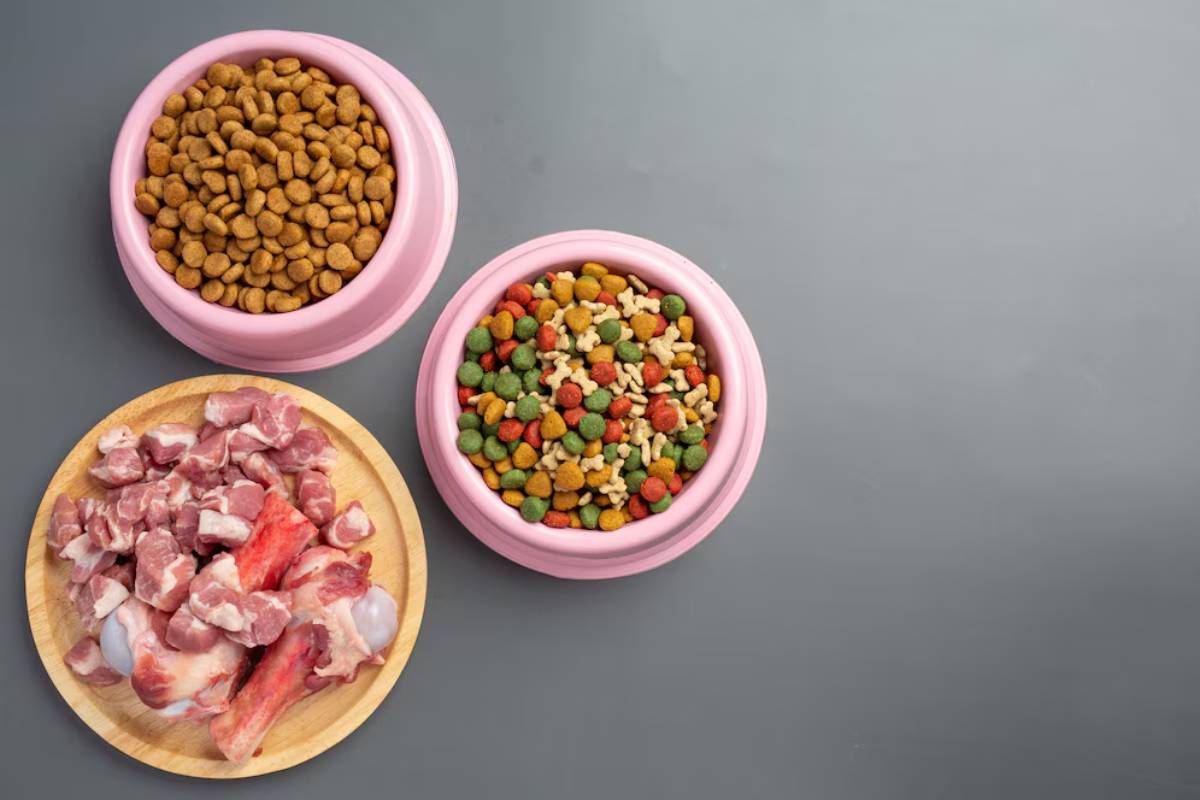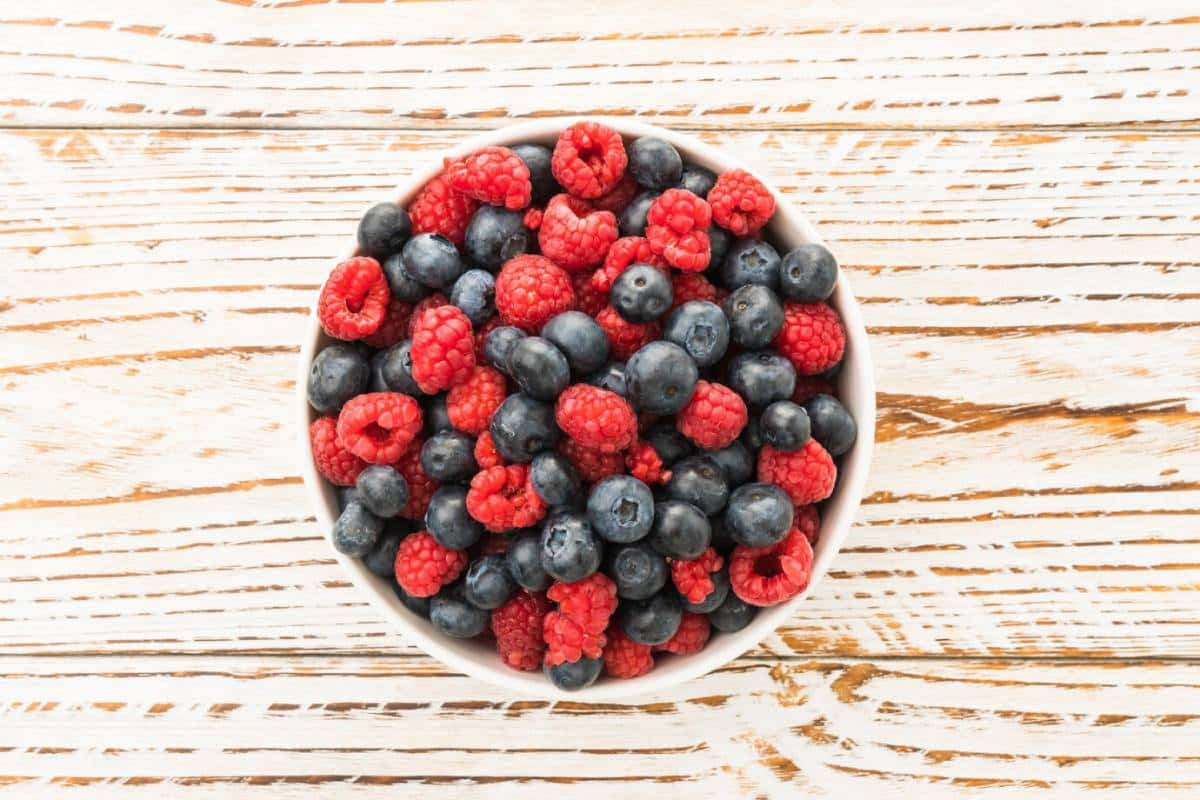
Signs of Nutritional Deficiencies in Dogs: What Every Dog Owner Should Know
Feeding your dog a homemade diet is satisfying. You know what you’ve put in their bowl and can adjust meals accordingly. But with this liberty, there is responsibility. One of the important aspects is to keep their food nutritionally complete.
Deficiencies of nutrients in dogs are not always obvious to recognise. Subtle signals like a lacklustre coat or an adjustment in routine might be dismissed as one of those weird things unrelated to health. Disregarding these signs can result in long-term health problems.
In this article, we’ll look at signs of dog malnutrition. We’ll also discuss common deficiencies. Lastly, we’ll share tips to make sure your homemade dog food is balanced and healthy. Whether you already make meals at home or are considering it, these insights will help keep your dog thriving.
Why Balanced Nutrition Matters in Homemade Dog Food

Homemade dog food is a good choice instead of store-bought options. It’s especially helpful for pets with allergies, intolerances, or those who are picky eaters. But it can fall short if not planned well.
Commercial kibble is often fortified with essential vitamins and minerals. In contrast, homemade meals rely on you to provide all the needed nutrients. Dogs need a balance of:
- Protein for muscle development and repair
- Fats for energy and skin health
- Carbohydrates for fuel and fibre
- Vitamins and minerals for immune support and bone strength
A lack of any of these can affect your dog’s health, mood, and appearance.
Common Nutritional Deficiencies in Dogs (and Their Warning Signs)
1. Protein Deficiency
Why it matters: Protein is crucial for muscle maintenance and energy.
Signs to watch for:
- Muscle wasting or weakness
- Dull, brittle coat
- Frequent infections or slow healing
Where to find it: Lean meats, eggs, fish, and legumes (in moderation)
2. Fatty Acid Deficiency
Why it matters: Omega-3 and omega-6 fatty acids help regulate inflammation and support brain function.
Signs to watch for:
- Itchy, flaky skin
- Dull or greasy coat
- Excessive shedding
- Where to find it: Fish oil, flaxseed oil, chicken fat, sardines
3. Vitamin A Deficiency
Why it matters: Essential for vision, growth, and immune function.
Signs to watch for:
- Night blindness or poor eyesight
- Rough or scaly skin
- Reproductive issues
- Where to find it: Liver, carrots, sweet potatoes, spinach (cooked and in moderation)
4. Vitamin D Deficiency
Why it matters: Helps regulate calcium and phosphorus for bone health.
Signs to watch for:
- Bone pain or fractures
- Lameness or difficulty walking
- Lethargy
- Where to find it: Fish, egg yolks, liver (dogs can’t produce vitamin D from sunlight as well as humans)
5. Calcium and Phosphorus Imbalance
Why it matters: These minerals must be in the right ratio (1.2:1 calcium to phosphorus) for bone development.
Signs to watch for:
- Poor growth in puppies
- Weak or soft bones
- Dental issues
- Where to find it: Raw meaty bones, crushed eggshells, bone meal (use with caution and veterinary guidance)
6. Zinc Deficiency
Why it matters: Important for skin health and immune function.
Signs to watch for:
- Crusty skin, especially around the mouth and paws
- Hair loss
- Slow healing
- Where to find it: Red meat, poultry, pumpkin seeds, whole grains
7. B-Vitamin Deficiency
Why it matters: B vitamins support energy metabolism and coat health.
Signs to watch for:
- Fatigue or listlessness
- Poor appetite
- Patchy coat or hair discolouration
- Where to find it: Liver, eggs, leafy greens, whole grains
How to Spot Nutritional Issues Early

Dogs can’t tell us when something’s wrong. They show us. Key signs to watch for include:
- Sudden or gradual weight loss
- Changes in stool (diarrhoea, constipation, or very soft stools)
- Dry nose or cracked paw pads
- Changes in mood or energy levels
- Reluctance to exercise or play
- Increased illness
If you notice any of these signs consistently, assess your dog’s diet and consult a vet.
Ensuring Balanced Nutrition at Home
Feeding a complete, homemade diet is possible but requires careful planning. Here’s how to do it right:
Work with a Veterinary Nutritionist
A professional can create a diet plan tailored to your dog’s needs based on age, breed, activity level, and health issues. This is especially important for puppies or seniors.
Rotate Ingredients Wisely
Avoid feeding the same ingredients daily. Rotating proteins (like chicken, beef, turkey, and fish) and vegetables helps ensure a wider nutrient intake.
Include a Variety of Whole Foods
Balance meals with a mix of:
- Muscle meat (e.g., chicken breast, beef mince)
- Organs (e.g., liver, kidney)
- Vegetables and fruits (carrots, green beans, blueberries — all dog-safe)
- Healthy fats (e.g., salmon oil, olive oil)
Don’t Forget Supplements
Even balanced meals may need a nutritional boost. Consider:
- Calcium: If not feeding bones
- Fish oil: For omega-3s
- Multivitamins: Formulated for dogs
- Probiotics: For gut health
Measure and Monitor
Weigh your dog regularly and adjust portions as needed. Keep a food diary if your dog has health issues to spot patterns.
When to Seek Professional Help
If your dog shows persistent symptoms of deficiency, visit your vet. Diagnostic tests like bloodwork can uncover nutritional problems. Don’t treat suspected deficiencies with supplements alone — too much can be harmful.
Your vet may refer you to a veterinary nutritionist, who can analyse your dog’s diet and create a comprehensive feeding plan.
A Healthy Diet Is the Foundation of a Healthy Dog
Watching your dog thrive on a homemade diet is rewarding. But it comes with the responsibility to understand their nutritional needs.
From spotting early signs of dog nutritional deficiencies to learning how to create a balanced diet, your role in your dog’s health is crucial. Homemade food is fresh and tasty, but it needs care and variety. Plus, professional advice can help make it even better.
Don’t wait for symptoms to worsen. Stay informed and consult your vet when needed.
Let’s keep our dogs happy and healthy — one bowl at a time.
Have questions or want to share your experience with homemade dog food? Comment below or subscribe to our newsletter for more tips and recipes!


